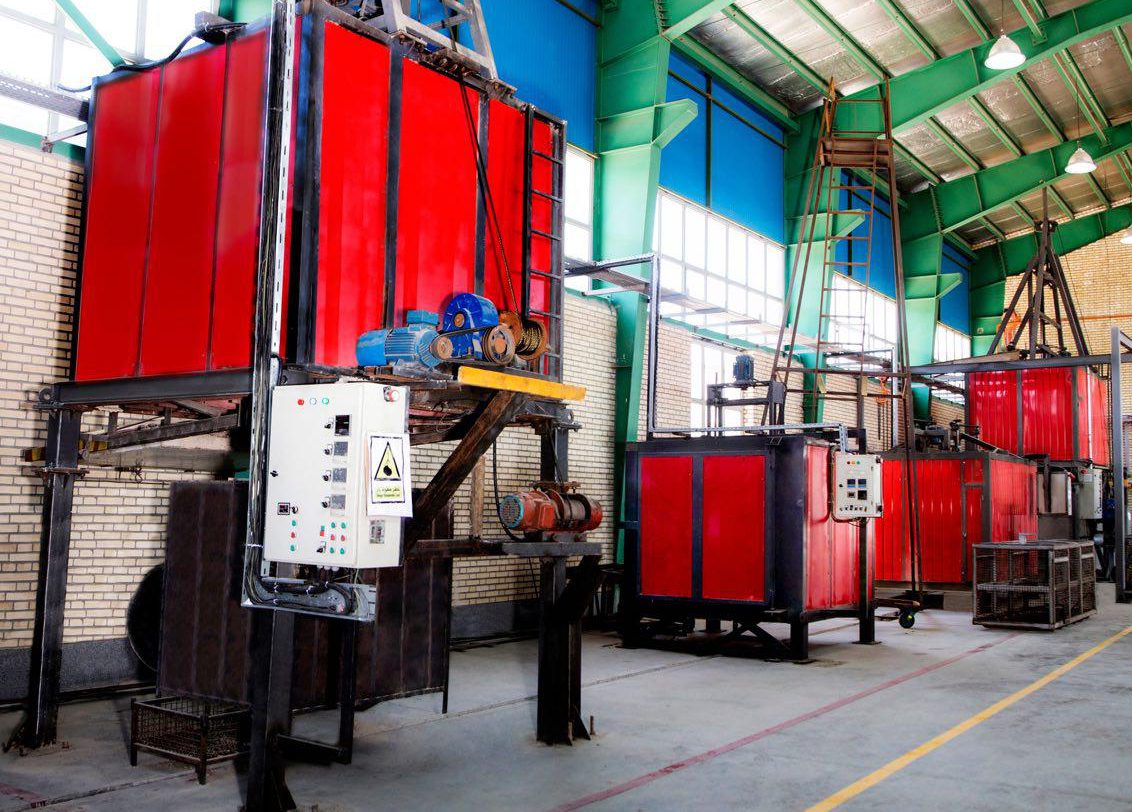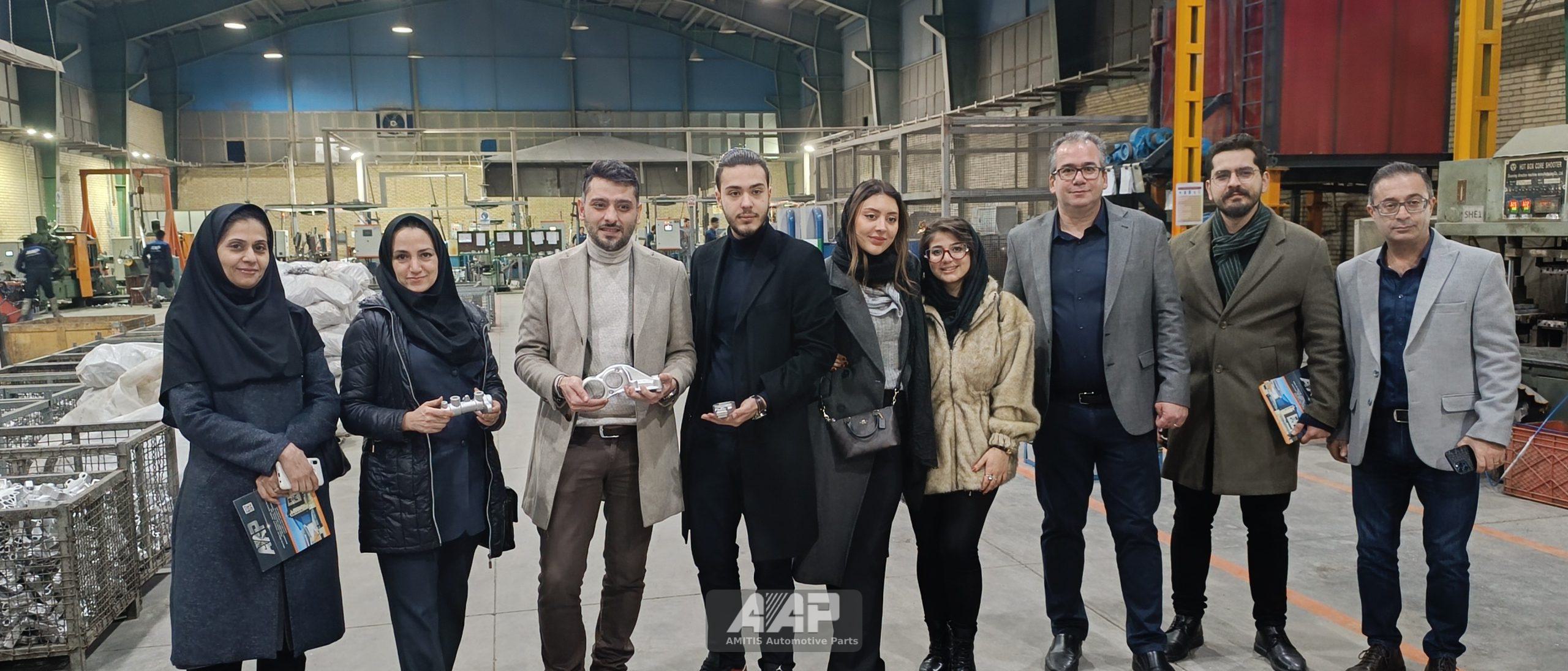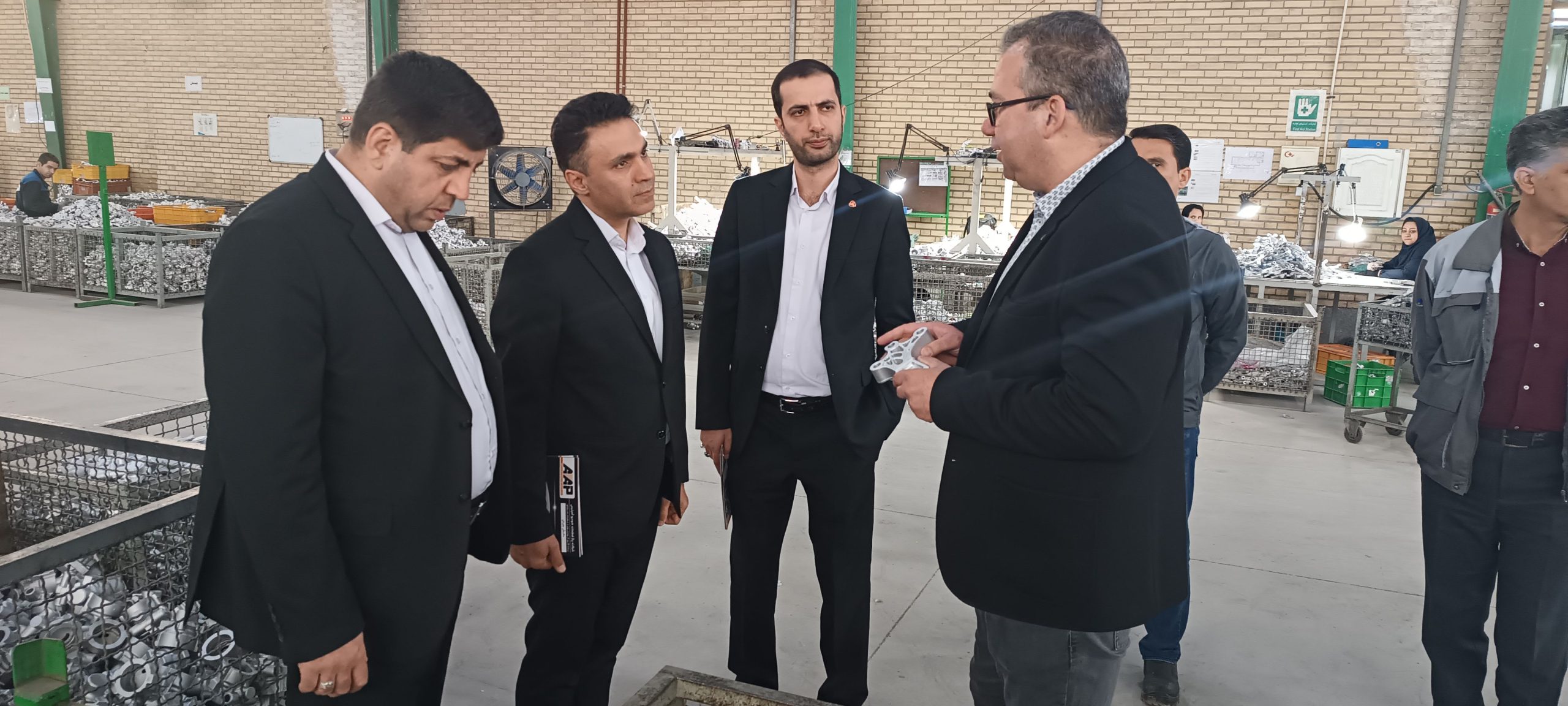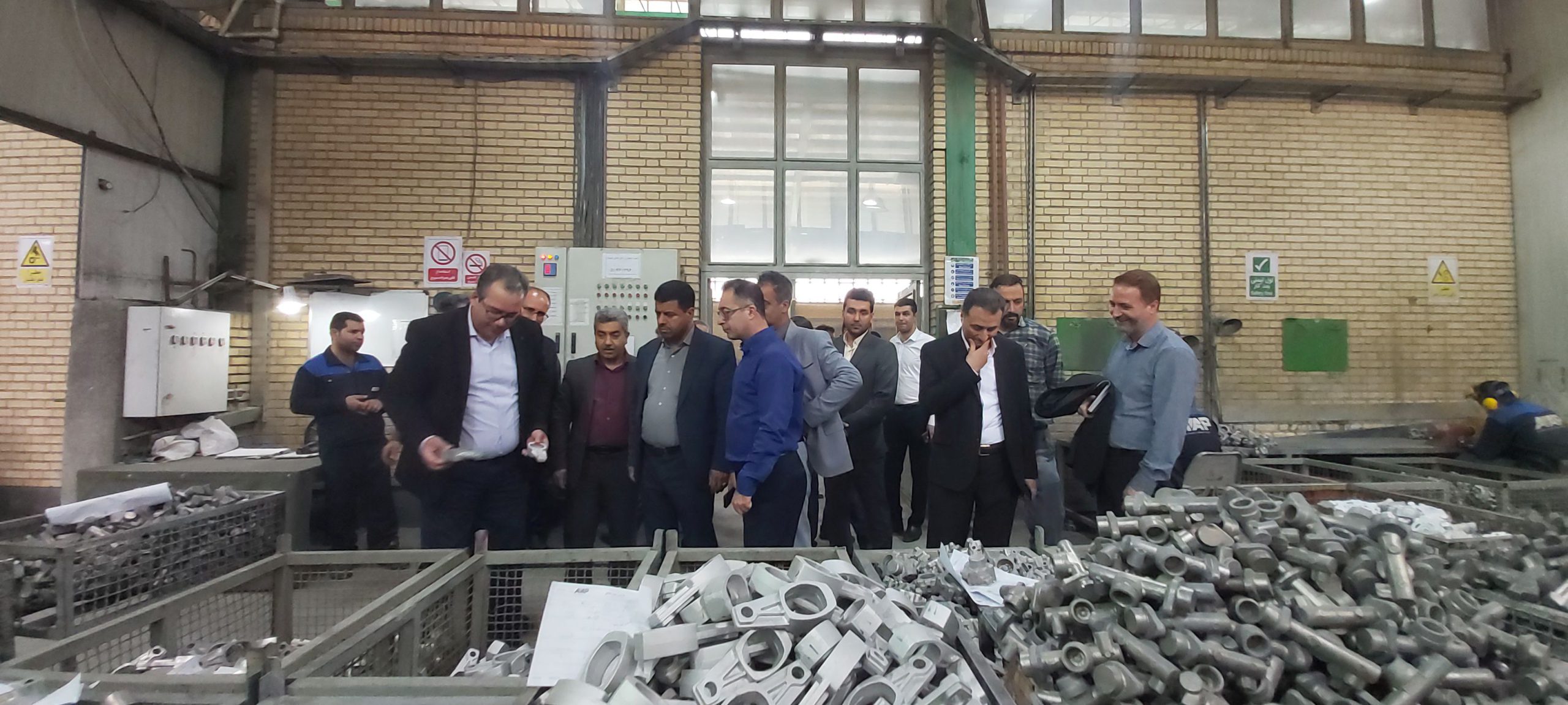Abstract:
Heat treatment is a crucial process in the fabrication of aluminum alloys, playing a pivotal role in tailoring their mechanical properties and optimizing performance. This article provides an overview of the key heat treatment processes applied to aluminum alloys, exploring their impact on the alloy’s microstructure, strength, and other essential characteristics.
1. Introduction:
Aluminum alloys are widely utilized in various industries due to their lightweight, corrosion resistance, and excellent machinability. Heat treatment is employed to further enhance these alloys’ mechanical properties, making them suitable for a diverse range of applications.
2. Solution Heat Treatment:
Solution heat treatment involves heating the aluminum alloy to an elevated temperature, typically between 500-550 degrees Celsius, to dissolve solid-phase elements. This process aims to create a uniform, single-phase structure within the material.
3. Quenching:
Following solution heat treatment, the aluminum alloy undergoes a rapid cooling process known as quenching. Quenching involves immersing the material in a cooling medium, such as water or oil, to quickly reduce its temperature. This step serves to “freeze” the alloy’s microstructure, contributing to improved mechanical properties.
4. Artificial Aging:
Artificial aging is a subsequent heat treatment stage where the alloy is reheated, usually within the range of 150-200 degrees Celsius. This process facilitates the precipitation of fine particles, further strengthening the material and enhancing its resistance to wear and fatigue.
5. Final Heat Treatment:
The final heat treatment stage involves adjusting temperature, time, and other parameters to achieve the desired mechanical properties. This step ensures the optimization of the alloy’s structure for specific applications.
6. Applications and Benefits:
Heat-treated aluminum alloys find applications in aerospace, automotive, and various industrial sectors. The process results in improved strength, hardness, and corrosion resistance, making the alloys suitable for critical components in structural and high-stress applications.
7. Conclusion:
In conclusion, heat treatment is an indispensable step in the fabrication of aluminum alloys, allowing for the tailoring of their microstructure and mechanical properties. Understanding and optimizing these heat treatment processes are essential for harnessing the full potential of aluminum alloys in diverse engineering applications.






